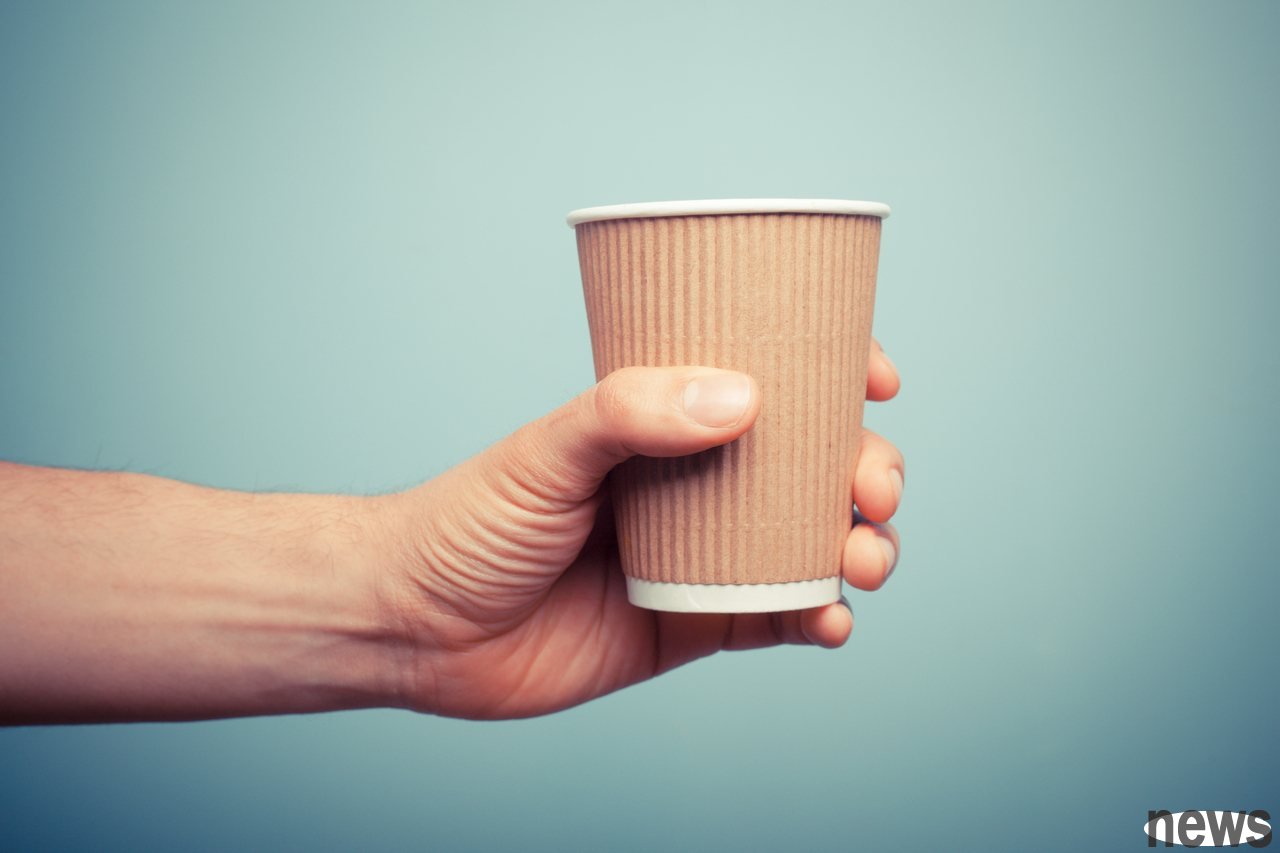Drinking drinks is a daily love for many people, but studies have pointed out that drinking carbonated beverages, juices, and drinking more than 4 cups of coffee a day is more likely to have a medium-spread. Choosing to drink water can reduce the ri...

Drinking drinks is a daily love for many people, but studies have pointed out that drinking carbonated beverages, juices, and drinking more than 4 cups of coffee a day is more likely to have a medium-spread. Choosing to drink water can reduce the risk of moderate risk.
The more carbonated drinks and thickened juices you drink, the higher the medium riskDrinking drinks is a small blessing for many people every day, but it is really not good to drink too much. According to a study published in Journal of Stroke on September 27, drinking carbonated beverages (including sugary or artificial sweeteners) will increase the risk of medium-winning risks by 22%. People who drink two or more of these drinks a day will have a more rapid increase in risk. The more carbonated beverages you drink, the higher the risk of medium-winning.
{9 In fact, there is no problem drinking a little coffee every day, but after drinking the fourth cup of coffee, the risk increased by 37%. For tea drinkers, there is no need to worry. Drinking 3 to 4 cups of red tea every day can reduce the medium risk by 29%, and drinking an equal amount of green tea can also reduce the medium risk by 27%. The key to drinking tea is not to add milk, as milk may block the beneficial effects of antioxidants contained in tea.principal investigator and professor of clinical epidemiology at Irland Gorvar University, Andrew Smyth, pointed out that although high blood pressure is still the most important risk factor for medium-storage, diet and a healthy lifestyle are also key, so you should try to reduce the amount of carbonic acid and juice drinks in daily life. Drinking more than seven glasses of water a day can reduce the rate of medium-storage caused by blood clots.
How quickly and quickly can the middle wind be cured? Depend on how quickly can the middle wind be identified?Liu Weixiu, director of the Neurological Surgery Department of the Third General Hospital, once interviewed and said that the middle wind in the brain is mainly divided into infarct (ischemic) and hemorrhagic middle wind.
Comparison of ischemic and hemorrhagic media storms. Infarct (ischemic) brain wind: mainly because blood vessels are blocked, and most of the symptoms are crooked eyes, oblique mouth, and weak hands. Ischemic mediator is mostly caused by thrombosis. The earlier the thrombolysis agent is applied, the more it can reduce the degree of disability. 》Look at the complete disease encyclopedia/ischemic brain wind
. Hemorrhagic brain wind: refers to rupture of blood vessels, which causes blood blobs to remain in the brain, including general rupture of blood vessels and rupture of tumors. The symptoms include crooked eyes, oblique mouth, weak hands and weak feet, and severe impairment. 》Look at the complete disease encyclopedia/bleeding brain style
Preventing Chinese style. Starting from diet and daily self-health managementTaiwan Border Chinese style reminds everyone to be wary and learn to identify the Chinese style "smile, hold on, say hello". As long as someone on his body has a slanted mouth, weak side limbs, unclear speech or absent, he should immediately call 119 to send a doctor. Because the pre-examination of patients with medium-sex patients, it is determined how quickly to identify the symptoms of medium-sex and start the subsequent treatment process.
To prevent middle wind, we should adhere to the principle of "1 more, 3 less" when eating, and less oil and salt sugar. Smoking and drinking will also increase the risk of middle wind and should be avoided. We must also do a good job in self-health management in daily life. Patients with the third high must take medicine as timely and follow up and check regularly to stay away from the fatal threat of the Chinese wind.